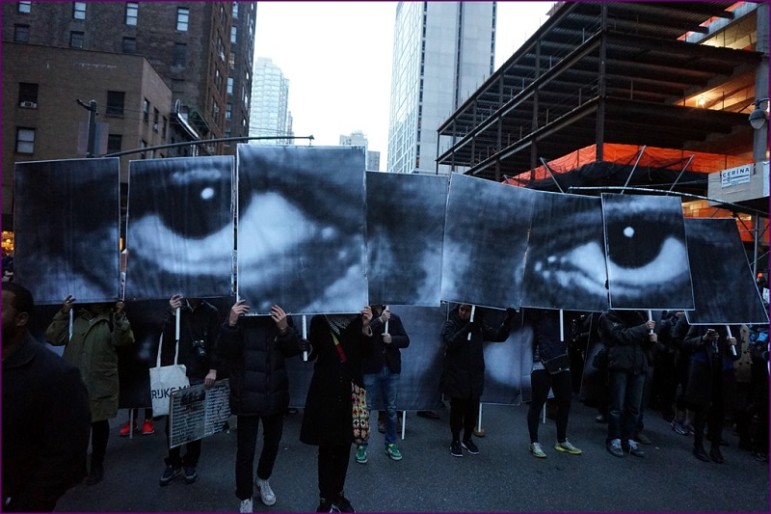
December 31, 2015; KTRS-AM (St. Louis, MO)
In October, University of Missouri (aka Mizzou) students toppled an administration and shook the American higher education system. The Mizzou actions rippled throughout the country, but Mizzou was not ground zero. Rev. Osagyefo Sekou, Bayard Rustin Fellow at the Fellowship of Reconciliation, has said, “You don’t get Mizzou without Ferguson.”
Following the shooting death of Michael Brown in Ferguson, Missouri, on August 9th, 2014, and the unrest that followed, the Ferguson Commission was established “to guide the community in charting a new path toward healing and positive change” by addressing “the underlying root causes that led to the unrest.” The Commission officially ended its work on December 31st, 2015, though the unofficial lessons we are still learning about leadership may be among the most important for this century’s nonprofit social change organizations.
According to Brittany Packnett, an activist and executive director of Teach for America St. Louis, what has emerged from Ferguson was change “achieved by ordinary people making extraordinary decisions that build on decisions made before them.” Explaining Ferguson’s influence throughout the U.S., Packnett asserted, “People saw Ferguson and built upon it, and every round keeps going higher.” In addition, Rev. Starsky Wilson, co-chair of the Ferguson Commission, has argued the commission’s report validates the “on the ground” work of people who have been organizing and advocating for years. The social change emerging from Ferguson has resulted in sustained action, more stable advocacy and activist structures or organizations, and widespread policy and practice changes.
Sign up for our free newsletters
Subscribe to NPQ's newsletters to have our top stories delivered directly to your inbox.
By signing up, you agree to our privacy policy and terms of use, and to receive messages from NPQ and our partners.
Rivas and King, writing in the St. Louis American, observed that “one of the continuous critiques of the Ferguson movement has been that it is leaderless.” This view seems to be limited by one’s understanding of leadership. If one understands leadership to mean one or two dominant individuals stepping up to provide guidance and direction, then the critique sounds valid. However, others have described the leadership that emerged as a result of Ferguson as “leaderful,” “decentralized,” “fluid,” “inclusive,” and “started by young, poor, black, often queer, mostly women.” This leadership description is equally valid when viewed through the lenses of inclusive leadership and shared leadership frameworks.
Inclusive leadership addresses the question of who gets a seat at the table for decision-making. As a practice, inclusive leadership is intentional about including all stakeholders in the community. Shared leadership (sometimes used interchangeably with horizontal, distributed, collective, or collaborative leadership) addresses the issue of “how” responsibilities are distributed and tasks are accomplished. Shared leadership can mean different things in particular, but, in general, it means that multiple members of a team or group step up to the responsibility and task of leadership, often as an adaptive response to changing circumstances. Multiple members may emerge to lead at the same time, or it may be serial as multiple leaders emerge over the life of a team or group. Misra, Allison, and Perry reported in a 2014 Nonprofit Quarterly article that most nonprofit organizations still, however, tend to view leadership through a traditional lens that includes a hierarchical structure.
When inclusive leadership and shared leadership are operating, it may be difficult to pinpoint a single “great leader,” thus opening the door for the “leaderless” critique. Social activist and author Micah White has proposed that activism needs to focus on facilitating a mental shift in people. Inclusive leadership and share leadership approaches clear creative space for innovative leaders and tactics to emerge, such as De Andrea Nichols and the Mirrored Casket project. The lessons from the Ferguson movement have reverberated throughout higher education in the U.S. Perhaps it is time for other nonprofit organizations, especially those attempting to bring about social change in communities, also learn from both official findings and emergent lessons of Ferguson.—Tom Klaus











